Fantasia 2019, Day 10, Part 3: The Incredible Shrinking Wknd
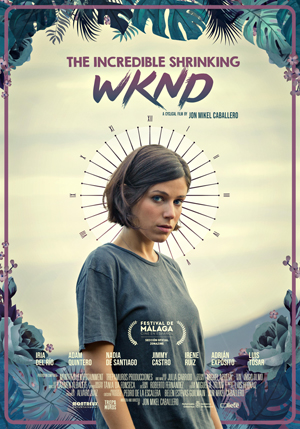 The evening of July 20 saw me stay at the De Sève Theatre after the Born of Woman showcase for a feature film written and directed by Jon Mikel Caballero: The Incredible Shrinking Wknd. It’s a time-loop story, a subgenre that strikes me as having increased in popularity significantly over the past few years. We’re at the point, then, that a time-loop story has to do something different to stand out. So what does Wknd do?
The evening of July 20 saw me stay at the De Sève Theatre after the Born of Woman showcase for a feature film written and directed by Jon Mikel Caballero: The Incredible Shrinking Wknd. It’s a time-loop story, a subgenre that strikes me as having increased in popularity significantly over the past few years. We’re at the point, then, that a time-loop story has to do something different to stand out. So what does Wknd do?
It’s the story of Alba (Iria del Rio), newly turned 30, who’s spending a weekend partying at a cottage in the country with a group of acquaintances as well as her boyfriend of three years or so, Pablo (Adam Quintero). Alba’s generally thoughtless and lives for the day; despite having spent time at the cottage when she was young, she forgets to bring bottled water to a house with no indoor plumbing. Pablo wants something more, and in an argument one night breaks up with Alba. And then, not long after, reality resets and Alba gets to live through the weekend again. And again, and again; and then she notices the weekend’s getting shorter, and the time she has to live through is dwindling.
I’ll note to start with that the movie’s technically well-done. It looks very fine, with colours that establish moods, and a good variety of visually-interesting natural settings. Iria del Rio gives Alba a charismatic energy while making it clear that charisma’s covering up a certain kind of emptiness; there’s less to Alba than there appears, in a nicely-calculated way.
Narratively, the movie’s clever, almost a necessity in a time-loop story. The dialogue’s solid, and there’s a very nice visual idea (best left for the viewer to discover) that brings out the way the weekend’s shrinking. That twist itself is handled well, giving an increasing sense of tension as well as contrasting nicely with Alba’s tendency to care only about the present.
It gets a little odd in that Alba herself doesn’t reset, which becomes a minor plot point. If she gets drunk in one go-round, say, she’s hungover in the next. This is perhaps a way to talk about consequences, but it raises questions about the mechanism by which the time-loop exists in the first place and whether matter’s actually being transported through time. This is a film largely uninterested in such questions, though, and indeed the lack of concern with why the loop exists and why it works as it does is one of The Incredible Shrinking Wknd’s more frustrating aspects.
![1962-01-31 [Pittsfield MA] Berkshire Eagle 1 pedipulator headline](https://www.blackgate.com/wp-content/uploads/2019/08/1962-01-31-Pittsfield-MA-Berkshire-Eagle-1-pedipulator-headline.jpg)
![1962-07-24 Allentown [PA] Morning Call 21 pedipulator illus cropped - Copy](https://www.blackgate.com/wp-content/uploads/2019/08/1962-07-24-Allentown-PA-Morning-Call-21-pedipulator-illus-cropped-Copy.jpg)
 On the afternoon of Saturday, July 20, I passed by the De Sève Theatre for the Born of Woman 2019 series of short genre films directed by women. It was the fourth iteration of the showcase, and in four years it’s become a hot ticket; I nearly didn’t get in. But there was just space enough in the end, and so I was able to see the collection of 9 films representing half-a-dozen countries.
On the afternoon of Saturday, July 20, I passed by the De Sève Theatre for the Born of Woman 2019 series of short genre films directed by women. It was the fourth iteration of the showcase, and in four years it’s become a hot ticket; I nearly didn’t get in. But there was just space enough in the end, and so I was able to see the collection of 9 films representing half-a-dozen countries.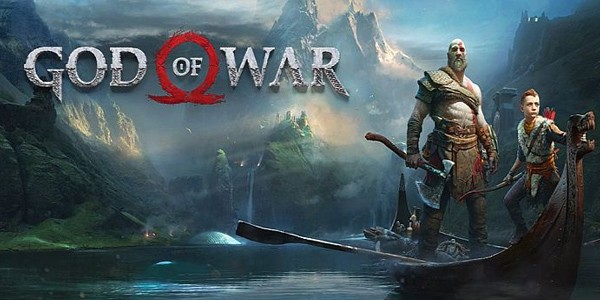

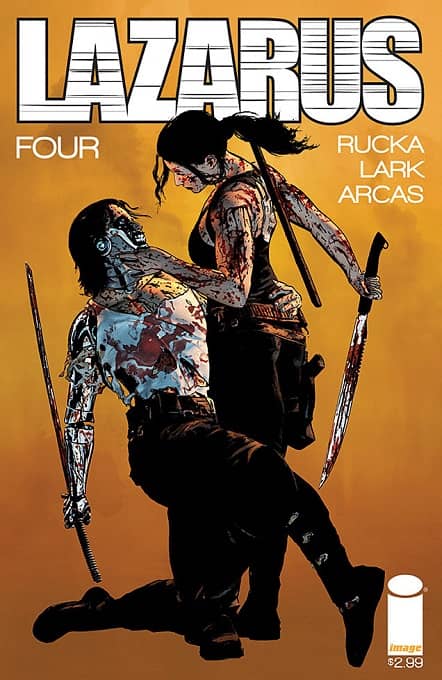
 On Saturday, July 20, I was down at the Hall Theatre bright and early — relatively speaking — for an 11 AM showing of Ride Your Wave (Kimi to, nami ni noretara, きみと、波にのれたら), an animated feature from director Masaaki Yuasa. I’d seen two of Yuasa’s previous works,
On Saturday, July 20, I was down at the Hall Theatre bright and early — relatively speaking — for an 11 AM showing of Ride Your Wave (Kimi to, nami ni noretara, きみと、波にのれたら), an animated feature from director Masaaki Yuasa. I’d seen two of Yuasa’s previous works, 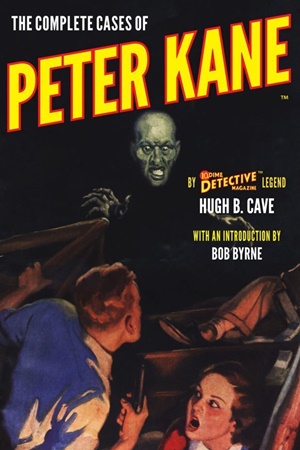
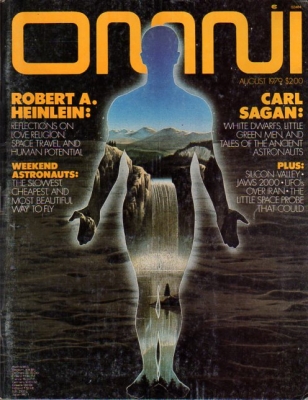
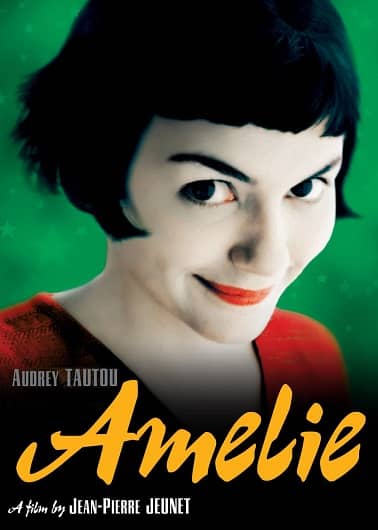
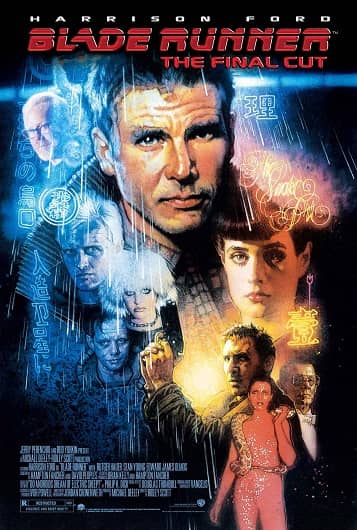
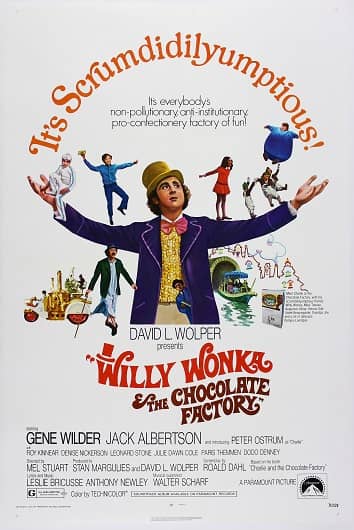
 My second and last movie on July 19 was a documentary named for its subject: J.R. “Bob” Dobbs and the Church of the Subgenius (a film known in some quarters as Slacking Towards Bethlehem). Directed by Sandy K. Boone, it’s a history of a mock religion which got started more than 40 years ago, and still goes strong today.
My second and last movie on July 19 was a documentary named for its subject: J.R. “Bob” Dobbs and the Church of the Subgenius (a film known in some quarters as Slacking Towards Bethlehem). Directed by Sandy K. Boone, it’s a history of a mock religion which got started more than 40 years ago, and still goes strong today.